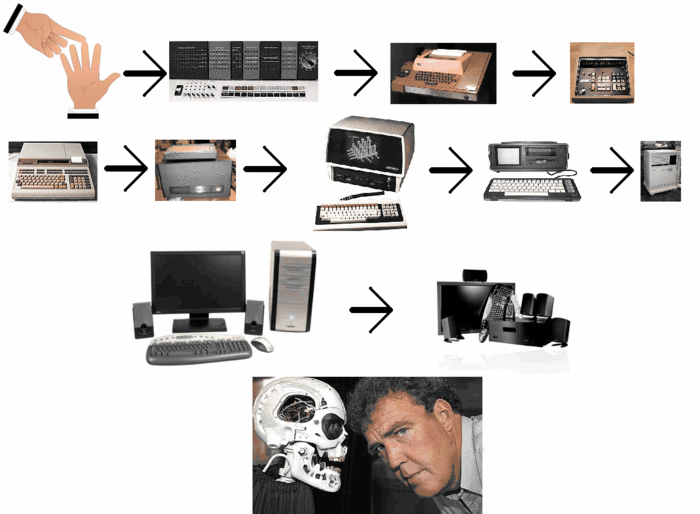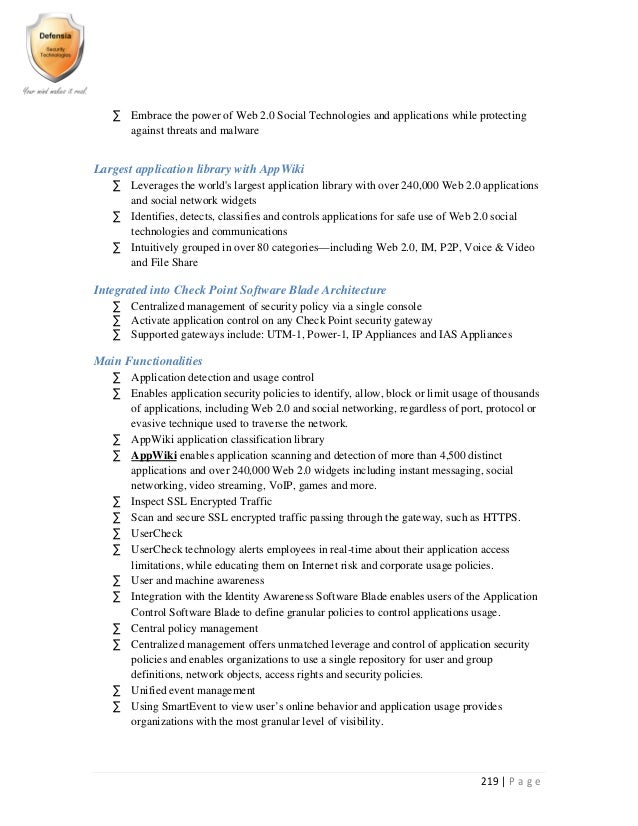
Image source: https://blogger.googleusercontent.com/img/b/R29vZ2xl/AVvXsEiwQYbc_JBxa1GpGlSryGEfIUZ2NUZ-izXKGpflIKR1KhsnrFW6kJbGgK8uWyfO4fPJkEuGar1TQ-Ar-Zw1dO2wRi2tQlEXEh0vLoTNei4bz0aBR8BRe3qAsrFTl3_bXPjMf8qyhMOlR20n/s1600/evolution_of_computers2-thumb.gif
The first computers did not have any floppy disk driver or CD or even DVD driver. The floppy disk as only has been around since roughly the end of the sixties and was invented by IBM and could only store around one hundred and forty kilo bytes. As for the compact disc more usually called CD, they were first put in the market around the eighties. They were then later adapted to become CD-ROMs which mean Compact Disc read-only memory, and could then store up to seven hundred and forty seven mega bytes. The Digital Versatile Discs better known as DVDs were developed at the beginning of the nineties. They have a bigger storage capacity that can go up to seventeen mega bytes for some of them.
Needless to say that nowadays, the market of CD duplication, DVD duplication or even CD and DVD replication is doing much better than the duplication and replication of floppy disk that has nearly disappeared.
As far as computers are concerned, they have been evolving over the past years since the first personal computer was launched in the market. Since then, you can find desktop computers that are the evolutions of the first personal computers. But also laptop computers that are much smaller and easy to carry around than desktops and especially designed for mobility and contain batteries to facilitate their operation everywhere. On top of all that, you can now find tablet computers as small as laptops but which usually have touch screens or graphics tablets hybrid technology that would allow the user to operate the device with a digital pen instead of using a keyboard or a mouse. But that is not all You can now see ultra-mobile, home theatre or pocket computers everywhere. All of those computers can be used along side different devices such as printers, scanners or even webcams that are as well evolving.

